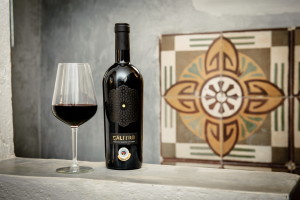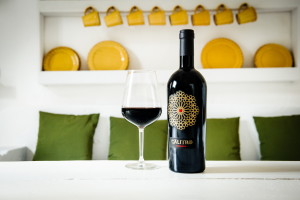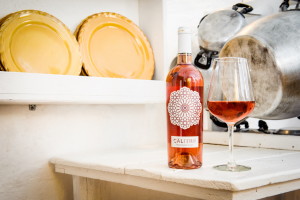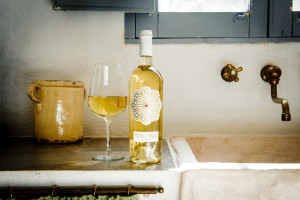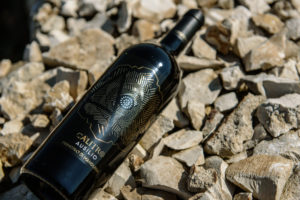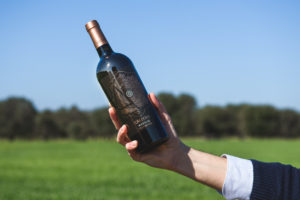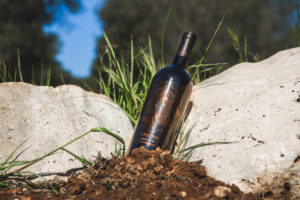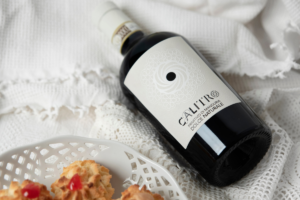
Calitro story
There’s an intersection where the events not only cross but occur. It’s the time lag in which the dust of daily life becomes history as it settles. This tells of four generations of Calitro, and the history is written in the silhouette of a bottle of Negroamaro or Primitivo. Colonel Aureliano Buendia would certainly like it although it doesn’t tell of either soldiers or
revolutions.
Instead, it tells of soil, wine, and the fragile temporary architecture that illuminates village festivals – and it certainly tells of love and blood. We won’t drag it out but you really need to sit down to listen to it, pin your ears back and, perhaps, sip a glass of our red wine slowly so that it can unfold right to the end.
We’re in San Marzano di Taranto, Puglia, where arbëreshe, the linguistic transplant of the community of Albanian exiles fleeing from the tyranny of the Ottoman invader, more or less 600 years ago, still survives today in the language of the elderly people of the village. There are less than 10,000 people in this southern village where everybody knows everybody else and a miraculous feeling of community, of belonging resists magnificent, progressive fortune. This story starts from Egidio Lonoce, founder of the Calitros, a man who had two virtues (he certainly had some defects but they don’t count in this story) – the down to earth nature of a man whose shoes are covered in soil, from the Primitivo and Negroamaro vineyards which he cared for as though they were the family jewels, and a pragmatism that was the envy of the noble families of the time, who didn’t know how to manage theirs. One of the squires of the village realised this and engaged him to save a farm in pieces from utter ruin. Egidio performed a miracle, regenerating the lands of the master parched by negligence and polishing the balance sheets. That was probably the enterprise which earned the Lonoce family the nickname of Calitro, a term “certainly of arbëreshe-Turkish origin which indicates something or someone of quality and temperament”, according to the research carried out by the historian Vincenza Musardo Talò. However, it could also be that this nickname, better known than the family name, was simply the measurement unit (decalitre) of the oil that the grandfather traded in. Who knows?
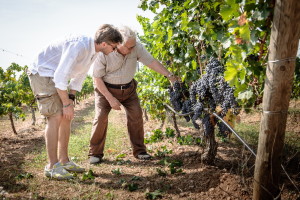
The soil and the festivities
Read More

The grape harvest
Read More


